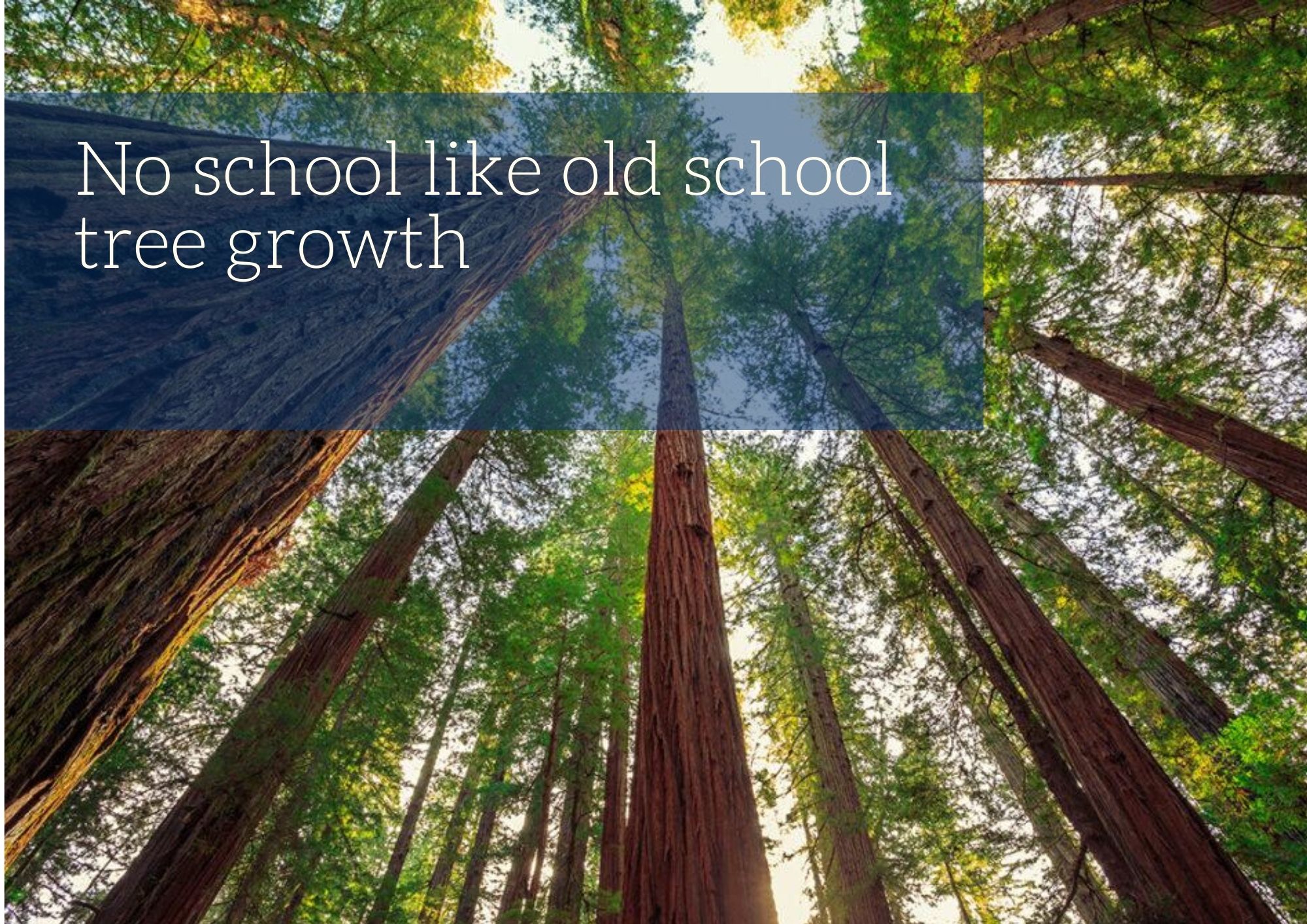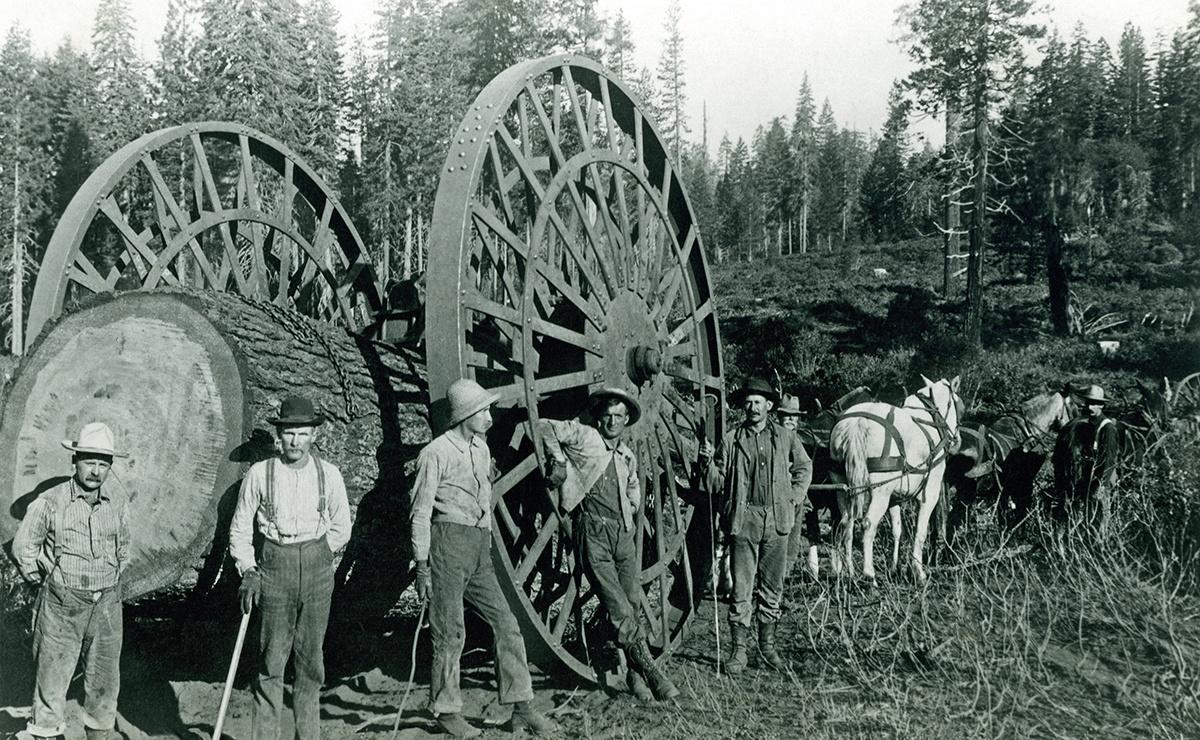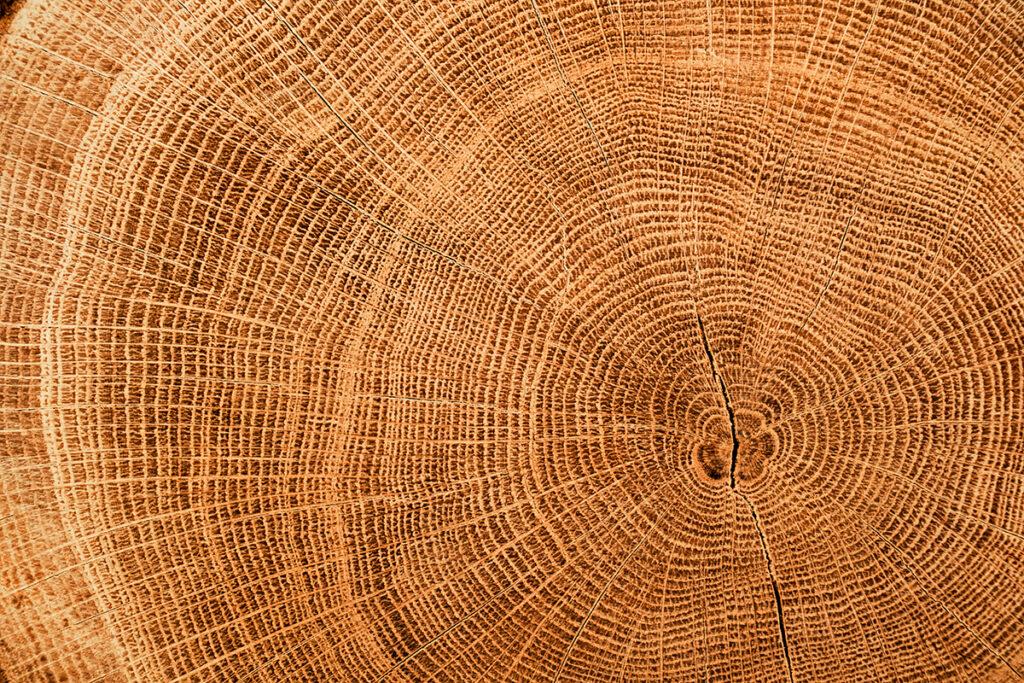Old growth lumber vs the new one
So you’ve got an idea for a wood project but feeling puzzled about the wood you want to use. You remember some guy at Woodcraft talking about new growth and old growth wood, but you’ve never quite understood what the difference is and have always felt embarrassed to ask. We don’t want this confusion to distress you any longer. We are here to break down the difference between old growth and new growth wood.
In simple terms old-growth lumber comes from wood that was grown naturally for over 100 plus years in massive virgin timber lands. In comparison, new growth trees can mature and be harvested in just 10-20 years after being planted and they are found in farms where they grow faster than those in forests. Farmed trees are planted spaced apart and receive more light unlike in natural forests where trees grow closely together and form canopies that allow very little sunlight to penetrate through. Exposing trees to more light helps in accelerating the harvest process to meet the excessive demand for lumber. Fast growing trees have large growth rings. However, old growth trees have very tight rings due to their gradual, slow growing life. Only a few old growth forests are still left unharvested for commercial use which causes their tight grained lumber to be in high demand.
The distinctive difference between old-growth wood and new-growth lumber is close to the difference between paper and marble. Old-growth wood is more durable and stronger, while new growth wood is weaker and more likely to rot after a few years.
Why old growth lumber is a better choice?
Now you know the basic difference between old-growth and new growth trees, so let’s take a closer look at the reasons behind choosing old-growth lumber!
Durability and Strength
Old growth lumber is highly dense which makes it very durable and able to handle heavyweight for long periods of time. Unlike new growth wood that is softer and more vulnerable.
Rot-resistance
Old wood takes a long time to fully grow, which results in a higher percentage of latewood (summer growth) that gives the lumber an anti-rot characteristic. Furthermore, old-growth wood trees have a much more distinguished heartwood in the middle which can often be completely rot-resistant.
Firmness
Wood gets dilated when it becomes wet and shrinks when it’s dry. When this happens the joints become more opened. However, old-growth lumber is less likely to move because the growth rings are very tight. This characteristic makes old-growth wood the ultimate choice for construction, making doors, window frames and any other wood product that will likely need to withstand the moisture and pressure from the elements.
In a nutshell, old-growth wood is better than new-growth wood due to its tighter growth rings which results in more dense lumber. This makes old-growth less susceptible to warping, splitting, moving or cupping. So, the next time you are trying to muscle through a conversation about the tightness of wood grain with a know-it-all wood person, now you have a strong base on old and new growth lumber in order to not get pushed around through all the jargon that is sure to be tossed around.











